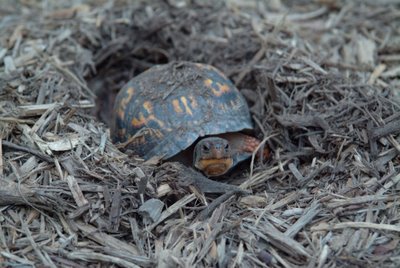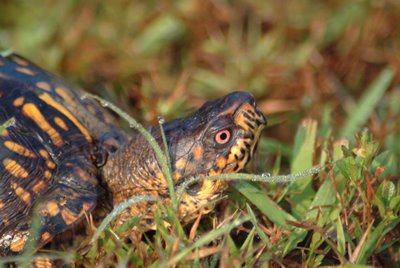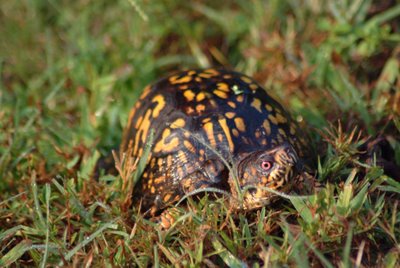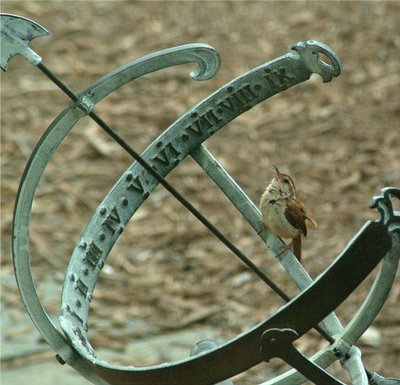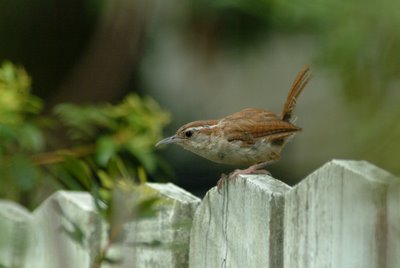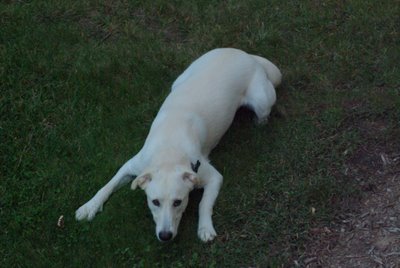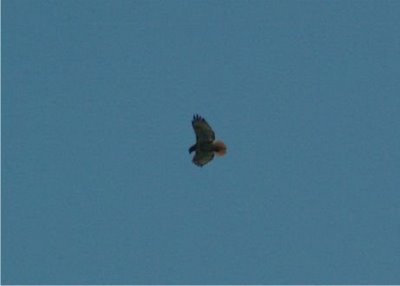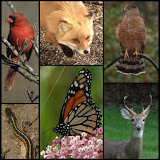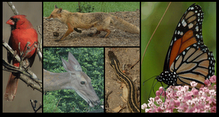First Frost in the Habitat
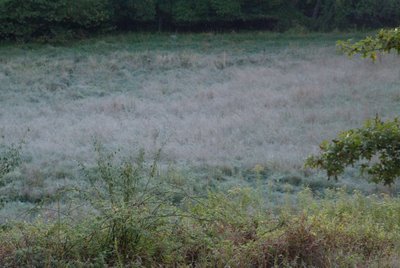
Friday, October 13th - mark this day as the first frost in the Colvin Run Habitat. Always tough to show, but the first photo shows the frost on the tall grass down in the meadow. The other three photos show frost on leaves.The water in the birdbath was frozen - enough that I could tape the ice a few times and never broke through. There is a freeze warning up for tonight.
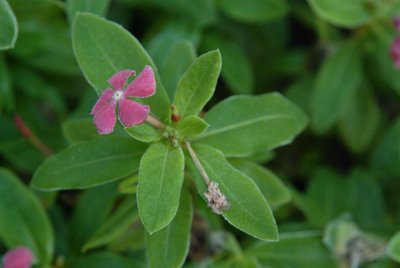 A look at the pink flower plants (Dot what is the name of that flower again?) this afternoon shows the plants are wilted from the frost.
A look at the pink flower plants (Dot what is the name of that flower again?) this afternoon shows the plants are wilted from the frost. From government statistics, it looks like October 13th is just about average for nearby Dulles Airport. Here are the first frost dates for some recent years:2004 October 18 2003 October 3 2002 October 18 2001 October 9 2000 October 8 1999 October 28 1998 October 2 1997 October 2 1996 October 12 1995 October 17
From government statistics, it looks like October 13th is just about average for nearby Dulles Airport. Here are the first frost dates for some recent years:2004 October 18 2003 October 3 2002 October 18 2001 October 9 2000 October 8 1999 October 28 1998 October 2 1997 October 2 1996 October 12 1995 October 17 

